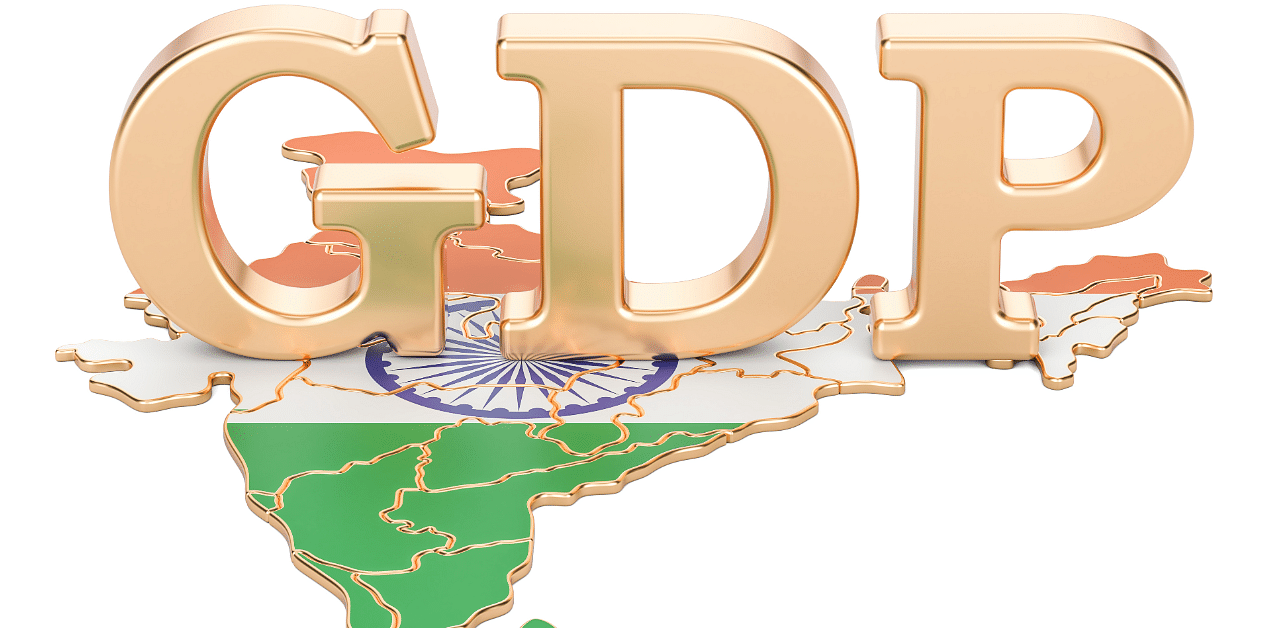
It was in the headlines last week that India has overtaken its old colonial master, the UK, to become the fifth largest economy in the world. This surely is cause for celebration. Or is it?
To be higher in the GDP ranking, it is obvious, is better than to be lower – but that is ceteris paribus, all other things being equal. In this case, all other things are not equal. With a greater population, one can be higher in the ranking while one’s citizens are, on average, poor, and even especially poor if population growth has exceeded economic growth. Furthermore, while, again ceteris paribus, a larger pie is better than a smaller pie, the division of the pie may be marked with extreme inequality. Unfortunately, in India’s case, and perhaps unavoidably, both conditions are true.
As Ruchir Sharma pointed out recently, India started out independent with the sixth largest economy in the world, fell to eleventh, and has since recovered to fifth. The fall is undoubtably a cause for concern – for if one is falling relative to the rest of the world, and one’s population is growing, that means relative to the world, one’s citizens are getting poorer.
Thus, the fact that we are on the rise implies that we have, since liberalisation, fixed something in our system. Furthermore, there are public goods, defined as non-excludable and non-rival goods – goods whose consumption by me does not diminish that by others -- such as the military that, no matter the size of the population, can be better funded and will provide for better security to all relative to the baseline. Another example is the fact that when government coffers are bigger, spending on infrastructure and other non-divisible items is larger. Of course, the bigger the population, the more roads one needs, but it is not a proportional relationship.
At a more fundamental level, however, the question is whether the life of the average person – or to use more current terminology – the aam aadmi, has improved. Here, one has to be more circumspect in evaluating the impact of being the fifth largest economy. First, our population growth is higher than that in the countries we have overtaken.
Furthermore, growth in the West, unlike for example in China, has been anaemic. Thus, even if our per capita income were stagnant, we would have eventually overtaken them in GDP terms by virtue of population growth.
A better comparison to make is perhaps with China, with whom we were at parity as late as 1990. Second, India’s growth since liberalisation has been highly inequitable. According to the World Inequality Report 2022, India stands out as a “poor and very unequal country, with an affluent elite”, where the top 10% holds 57% of the total national income while the bottom 50%’s share is just 13%. As is obvious, if a lion’s share of economic growth is captured by the top club of earners, we can become the fifth largest economy in the world even as the aam aadmi stagnates or becomes relatively poorer.
This is not to be a critic for criticism’s sake, but to critically examine grandiose claims. A biased critic would claim nothing has improved; a critical thinker would ask, what has improved and by how much and for whom. In India’s case, while population has grown and income inequality has widened, it is also the case that poverty has fallen since liberalisation. According to a study by the Oxford Poverty and Human Development Initiative (OPHI), in collaboration with the United Nations Development Programme, more than 270 million Indians were lifted out of poverty between 2005 and 2016. One can only imagine how many more people would have been lifted out of poverty had growth been more equitable and population growth been lower.
This is, of course, all highly abstract and hypothetical. In practical terms, with liberalisation comes high growth and higher inequality. This has been observed in every country in the world, from China – whose liberalisation was even more successful than India’s – to Russia, which had only the inequality of liberalisation in the Yeltsin years and none of its growth.
The empirical regularity that economic growth leads to an increase in inequality was first established by Simon Kuznets, who won a Nobel Prize in Economics in 1971. In the initial stages of development, as new opportunities arise, the richer take better advantage of them. At the same time, a large population of unskilled workers helps to keep wages down. Therefore, inequality goes up. It is unlikely, however, that this trend is an immutable feature of capitalistic growth that cannot be tempered by social and economic policies of particular governments. Bernie Sanders, for one, would seem to be proof that even in the most advanced capitalistic societies, movements for social justice and economic equity can make a difference.